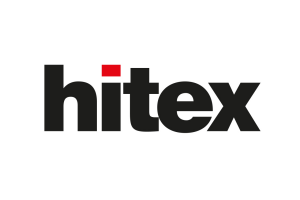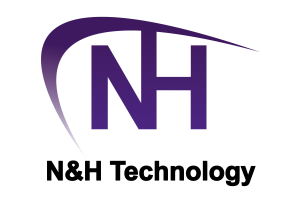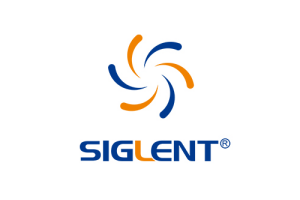Windows 11 IoT Enterprise
Just don't rush things
Windows 11 was released in October of last year. The new version is steadily but slowly gaining acceptance. This is not surprising, since every new version is met with a certain amount of mistrust regarding undiscovered bugs, and increased hardware requirements.
For example, Windows 11 requires a compatible processor, "UEFI Secure Boot" and a Trusted Platform Module in version 2.0. The TPM module doesn't necessarily have to be a physical chip, a firmware TPM (fTPM) that can be activated in the BIOS setup is also sufficient.
What's new?
Windows 11 IoT Enterprise has all the same features as the predecessor version. In addition, there are these special features:
- The user interface has been modernized.
- Function updates are rolled out on an annual basis and no longer every six months.
- The support period is 36 months.
- USB4 and Wi-Fi 6E
Advantage USB4 and Wi-Fi 6E
USB4 or USB 4.0 is a high-speed interface with data transfer rates up to 40 gigabytes per second. Since USB4 is based on the Thunderbolt-3 standard, USB4 is compatible with Thunderbolt-3 and predecessor USB standards. Various data and display protocols are supported, so external graphic cards or 4K monitors can be connected via the Type-C port, for example.
The new WLAN standard expands the frequency band to 6 GHz. A theoretical speed of 2.3 Gbit/s is possible, so real-time applications are executable. The network connection is also more reliable because there are hardly any sources of interference in the 6 GHz channel.
Disadvantage "multi-app kiosk" mode
Numerous applications are based on the kiosk mode, i.e. the possibility to set up Windows in such a way that the function of a device is limited to either a single or multiple application. For this purpose, Windows offers different variants - the custom shell, the single-app kiosk mode and the multi-app kiosk mode. In the new Windows 11 IoT Enterprise version, multi-app kiosk mode is not yet available, but is planned for future updates.
LTSC version for embedded applications
The LTSC version is predominantly used for embedded applications, but it has not yet been released for Windows 11 IoT Enterprise. And so far, there is no release date either. What are the features of the LTSC version? LTSC means Long-Term Servicing Channel, which means that this version is available for 10 years. In addition, there are other key benefits: The LTSC version does not receive function updates, only security updates, and even these updates can be deactivated. On the other hand, the LTSC version offers additional functions through the Lockdown Features. These are applications that are particularly useful in industrial environments, such as Shell Launcher, Unified Write Filter, AppLocker, USB Device Policy, Device Guard, BitLocker and Language Packs.
So why switch?
Moving to Windows 11 makes sense if you need WLAN6E or USB4. Compmall offers a range of Panel PC, Embedded PC, Mainboards and Embedded Boards that support Windows 11. But again, in many cases it is advisable to wait for Windows 11 IoT Enterprise in the LTSC version. In all other cases, Windows 10 IoT Enterprise LTSC 2021 is preferable.
Windows 10 IoT Enterprise 2021 LTSC
Last year, Microsoft released a final version of Windows 10 IoT Enterprise LTSC, with some improvements:
- The Dual Application Focus feature allows two users on two different devices to work simultaneously on the same application. Example: The customer can already scan his payment card while the cashier is still scanning the goods.
- In addition, "Soft Real Time" is supported, which is suitable for systems that meet their timing requirements most of the time, but not with absolute certainty.
- The operating system footprint can be shrunk, bringing the minimum hardware requirement down to 2GB of RAM and 16GB of memory.
- Azure IoT Edge for Linux on Windows combines the respective advantages of the two operating systems. Linux can run alongside Windows while taking advantage of the better Windows drivers.
The 2021 LTSC version has a 10-year support period that ends in 2031. This gives users a long time to prepare for Windows 11 IoT Enterprise LTSC in peace. More information can be found on the compmall homepage.





